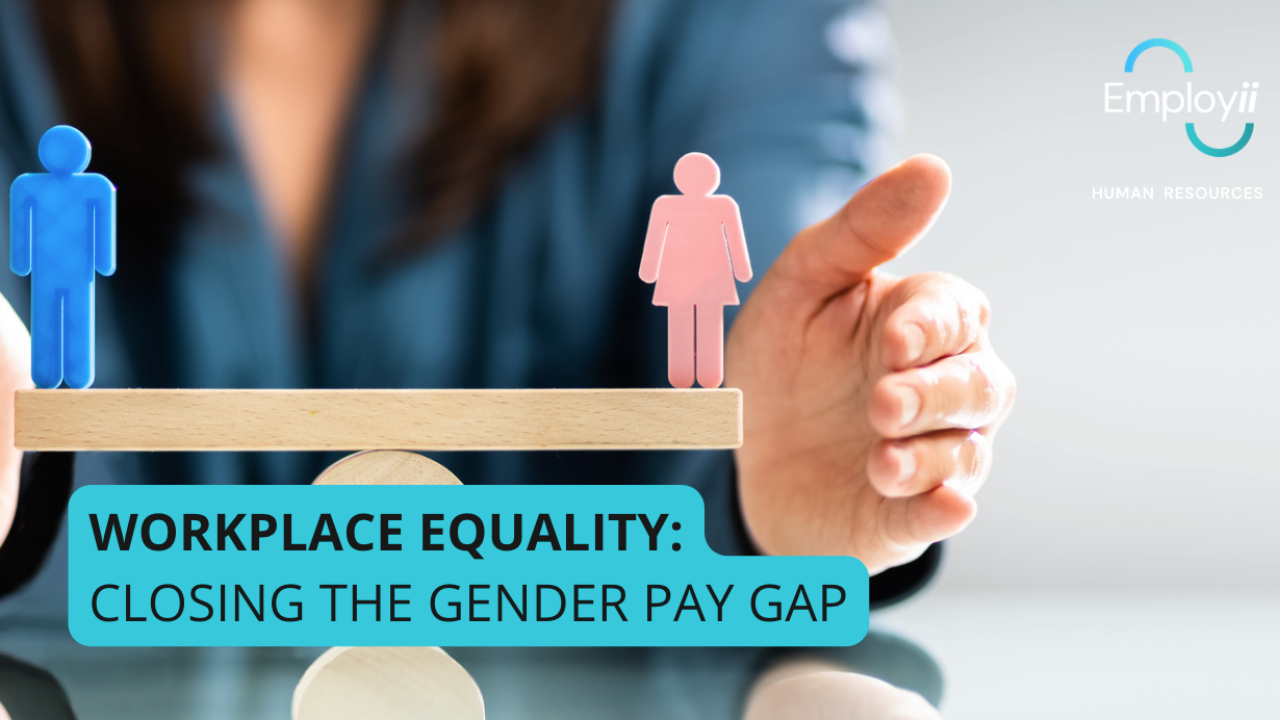
Workplace Equality: Closing the Gender Pay Gap
Jul 14, 2023Earlier this year, Parliament passed the Workplace Gender Equality Amendment (Closing the Gender Pay Gap) Bill on 30 March 2023.
These legislative reforms have been a major step forward in accelerating employer action to help close the gender pay gap.
So the bill has been passed, what happens now?
While it would be ideal if such amendments could come into practice immediately, these new reforms will be gradually implemented from late 2023.
- Employers must share their WGEA Executive Summary and Industry Benchmark Reports with their Board
- WGEA will publish private-sector employer gender pay gaps
- Employers must provide additional information on employees including age, primary workplace location, CEO, head of business, and casual manager remuneration
- Reporting on sexual harassment, harassment on the ground of sexual or discrimination will be mandatory
- Employers with 500+ staff must have a policy or strategy for each of the 6 gender equality indicators
- WGEA will publish Commonwealth public sector gender pay gaps
Let's break down the major changes for employers:
- Collection of more detailed information to fill knowledge gaps
- Reporting on sex-based harassment, harassment on the ground of sex or discrimination
- Mandatory sharing of reports to the governing body
- Gender Equality Indicator policies for large organisations
You mentioned the 6 Gender Equality Indicators, what are they?
- Gender composition of the workforce
- Gender composition of governing bodies
- Equal remuneration between women and men
- Availability and utility of employment terms, flexible working arrangements, and support for family and caring responsibilities
- Consultation with employees on gender equality in the workplace
- Sexual harassment, harassment on the ground of sex or discrimination
These 6 indicators provide insight into the gender breakdown of a company and identify the proactive nature of employers in addressing any potential gender inequalities
What do the statistics say?
- Western Australia has the highest gender pay gap (21.2%)
- Women, on average, earn $255.30 per week less than men
- The current gender pay gap is 22.8%
- For every $1 that a man makes, women earn 77.2 cents (on average) which equates to $25,596 a year.
- Every industry in Australia has a gender pay gap in favor of men, even female-dominated industries such as education and healthcare.
WGEA provides detailed information on the legislative changes and links to further advice and tools for employers.
If you're an employer looking to implement Gender Equality Indicator policies, reach out to the employii team at [email protected]
Author: Chelsea Finlay (HR Officer)

